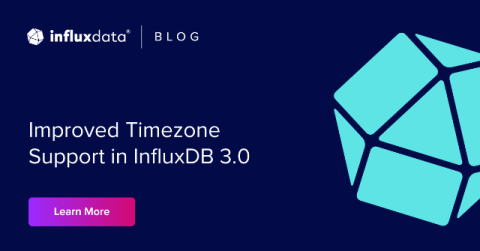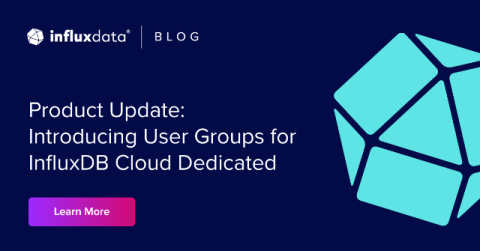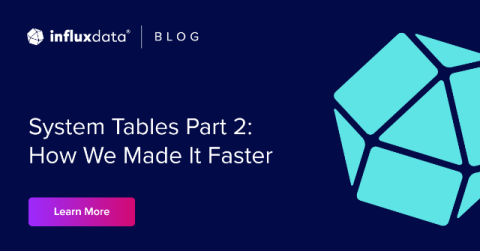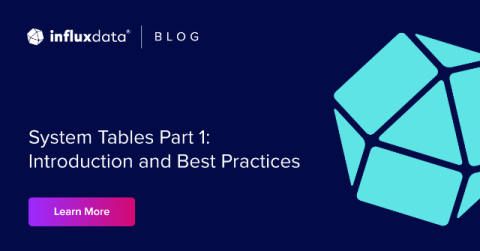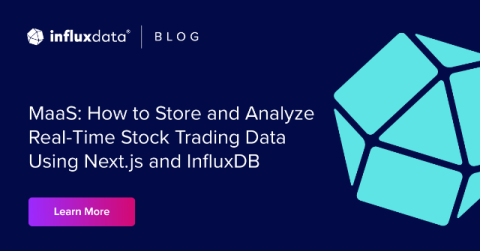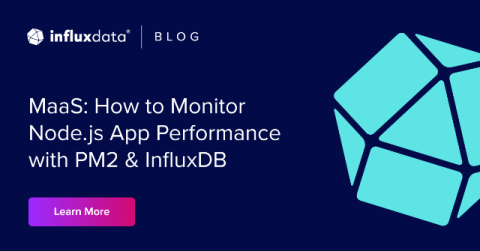Optimizing Queries in InfluxDB 3.0 Using Progressive Evaluation
In a previous post, we described the technique that makes the ”most recent values” queries hundreds of times faster and has benefited many of our customers. The idea behind this technique is to progressively evaluate time-organized files until we reach the most recent values.




